Rarely do mountain bike saddles attract the attention they truly deserve. Then again, perhaps nobody really wants to talk about saddle sores, ingrown hairs and numb genitals. I’m no advertising guru, but I suspect that sort of thing is impossible to market in a way that’s anywhere in the same neighbourhood as ‘cool’.
Because of this, and the fact that there are a lot of pretty OK saddles out there, for the most part they just tend to fly under the radar. And with mountain biking being a fairly dynamic activity with lots of weight shifts and time spent standing up on the pedals, the fact is that it’s a lot easier to tolerate a mediocre saddle than it would be, say, if you were riding a 230km gran fondo on a road bike.
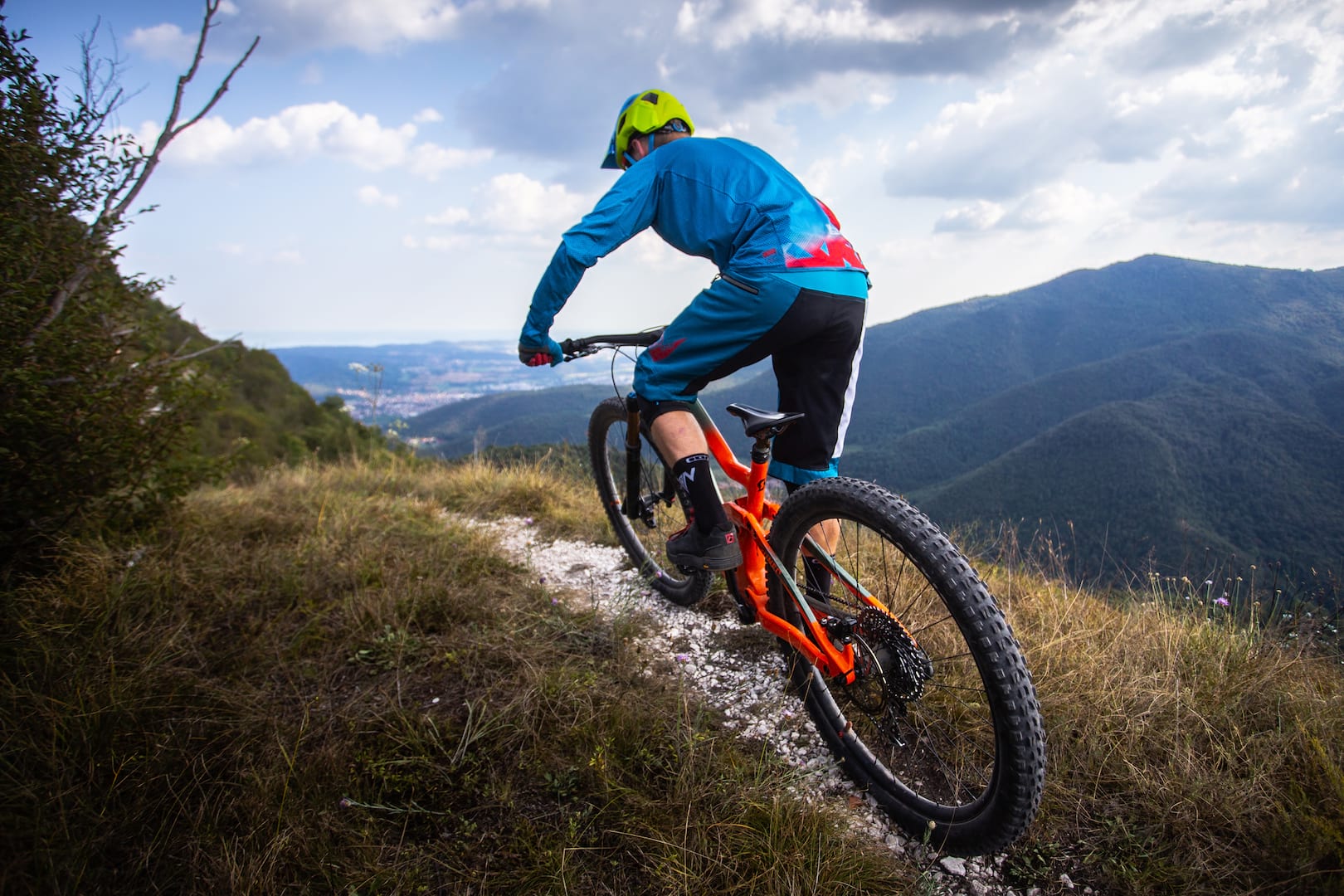
Thing is though, saddle comfort is potentially a ride-changing experience. Because when you do find that perfect perch, and not just one that’s merely tolerable, it’s a beautiful thing. A true synergistic connection between human and machine. A happy marriage between derriere and the engine mount of your bicycle.
German Saddle Design – It’s Science
Though Ergon is best known for its flared, ergo-style mountain bike grips, the German brand has a comprehensive range of saddles too.
Ergon’s original SM3 saddle was launched eight years ago, though today’s range is much broader (err, figuratively speaking). There are specific models for women, road riders, DH and enduro racers, along with squishier options for cycle tourers, and even e-MTB specific saddles too.
Standing for ‘Saddle Mountain’, the cryptically-named SM saddle design is the do-it-all option in the Ergon range. It’s actually the saddle of choice for XC Marathon World Champion, Alban Lakata, which says a lot. However, Ergon reckons it’s equally at home on trail and all mountain bikes too.
Cut It Out
Completely overhauled from the bottom-down, the new SM features a specific cutout window through the saddle base, along with a deep central relief channel that runs through the middle of the upper.
Curiously, this is the first Ergon saddle to feature a cutout. Ergon states that cutout saddles typically end up being too stiff, since the rigid base needs to be heavily reinforced after cutting a big ol’ hole out of its structure. That might explain why the SM saddle only gets a wee little window then, and not a gaping chasm like some other saddles.
Why use a cutout in the first place then?
Rather than being about ventilating your nethers, it’s all about reducing pressure on the areas where you don’t want pressure. According to Ergon, this design has been “specifically tailored to the features of the male anatomy”, with the goal being to “effectively avoid discomfort and numbness for most applications in mountain biking, for most riders”.
So in a nutshell, it’s all about reducing pressure and numbness. Though at this point it’s worth noting that it isn’t all about nutshells – Ergon makes a women’s specific version of the SM saddle too.
Ergon SM Pro Details
Speaking of options, there are plenty.
The SM saddle comes in three trim levels with the Pro version here being the top-of-the-line spec. There’s also the SM Comp (£79), and the SM Sport (£59). The basic shape is the same for all three, but different materials are employed throughout.
The SM Pro gets a classy microfibre upper along with Austrian-manufactured TiNox metal rails. You can get it in all black as tested here, or with a red or blue backing panel. Confirmed weight for our test perch is 238g.
Saddle Sizing
Like the vast majority of its saddle range, Ergon offers the SM Pro in two different widths. There’s the S/M size that’s suited to a 9-12cm sit bone width, and the M/L size that’s suited to 12-16cm sit bone width.
Now that’s all well and good, but who the heck knows the width of their sit bones?
There are devices to measure such things – Ergon, Specialized, Bontrager and SQlab are some notable brands that have developed tools that allow the rider to sit down on a sort of strip of gel padding, which leaves behind an impression of their sit bones. These tools can be accessed in certain dealerships, but not everyone will have access to that service.
Does My Bum Look Wide On This?
So here’s the ghetto home version.
I got myself a panel of cardboard, placed it onto a stool, then sat on the cardboard with my feet on the ground and my knees at around a 90° angle. It’s best to do this with just your undies on (rather than with your padded bike shorts), as it’ll allow your pointy bum bones to push down into the soft cardboard, and leave behind two nice little indents.
You then mark the middle point of each indent, then measure the distance between them. And hey presto, you’ve got your sit bone width! In my case, I scored 9.4cm, which puts me into the narrower end of the S/M size.
If you’re without cardboard, Ergon does have a nifty saddle sizing calculator on its website, which lets you input variables like your height, hip circumference, weight, and riding style. From there it’ll spit out a recommend saddle and saddle size for you.
Out of curiosity, I entered my details into the calculator. And funnily enough, it recommended exactly the saddle that I’ve been using; an SM Pro in the S/M size. Good to know it works then.
On The Trail
So I’ll just dive right in here and say that the Ergon SM Pro is one heck of a saddle. And by that I mean it’s really comfortable, to the point where I kinda forgot about it while riding – which is exactly what a good saddle should do. Whereas many other stock options I’ve used create just enough untoward pressure that they’re always in the back of your mind, the SM Pro does not. It disappears.
The overall profile is consistently flat and firm, which is what I like in a mountain bike saddle. You get good support for your sit bones, without the excessive sponginess that can cause muscle and nerve strain during longer rides.
Ergon has used its own AirCell padding throughout, along with specific OrthoCell inlays for the central seating area. OrthoCell is a lighter and more durable alternative to gel pads, while still being quite supple with good spring-back. Along with the flat and wide profile, your bodyweight is distributed very evenly.
There’s a gentle scoop to the tail to help capture your sit bones when you’re driving the pedals hard on the climbs. The scoop isn’t so pronounced as to catch your baggies when moving off the back of the bike though – something that Ergon was careful to address during the design process.
You’ll also note that the rear of the saddle narrows slightly and is also free of any distinct edges. Again, this is all about enhancing mobility as you move in and out of the saddle. Likewise, the smooth, low-friction flanks help to reduce thigh-rub while pedalling.
Perhaps most impressive though is its versatility. I initially tested the SM Pro saddle on the 170mm travel Scott Ransom where it joined me for everything from 2-hour climbs in the Austrian alpine, through to ripping down technical descents in Finale Ligure. In terms of setup, I ran the nose tilted downwards slightly, to help rotate my hips forward and to encourage me to put more weight onto the bars and front wheel.
I’ve since been using the SM Pro on the Santa Cruz Blur for some XC racing, and on a Merida One-Twenty trail bike. Due to the different suspension sag and riding position, I’ve set the saddle slightly more level on these two bikes. This has allowed me to make better use of the flat and wide nose profile for vigorous climbing efforts where your hips end up sliding forward.
In all cases, the SM Pro has performed valiantly, achieving Ergon’s claims of eliminating any numbness or untoward pressure. I’ve not been a fan of cutout saddles in the past, but in this case the channel works well to give your bits, err, a little more breathing room. This has meant I haven’t had to run the nose as far down as I would with other saddles, because there’s less pressure in the first place even when you’re leaning forward more heavily. And that is an excellent thing.
Overall
Saddles are no doubt very much personal preference. What you dig, and what I dig, can be two entirely different shapes. In the case of the Ergon SM Pro saddle however, this is such a well balanced and supportive profile that I can’t help but give it two thumbs up. Given you can get it in both men’s and women’s versions, and in two different widths for each, it’s likely to cover a lot of different backsides out there.
Were there any downsides? Not really, though the weight isn’t anything to write home about. I suspect we’ll see a carbon-railed version of this saddle in the future. This will definitely help to lob off some weight for the gram obsessives.
Otherwise this saddle has proven its worth, and certainly enough to take out a Singletrack Recommended award.

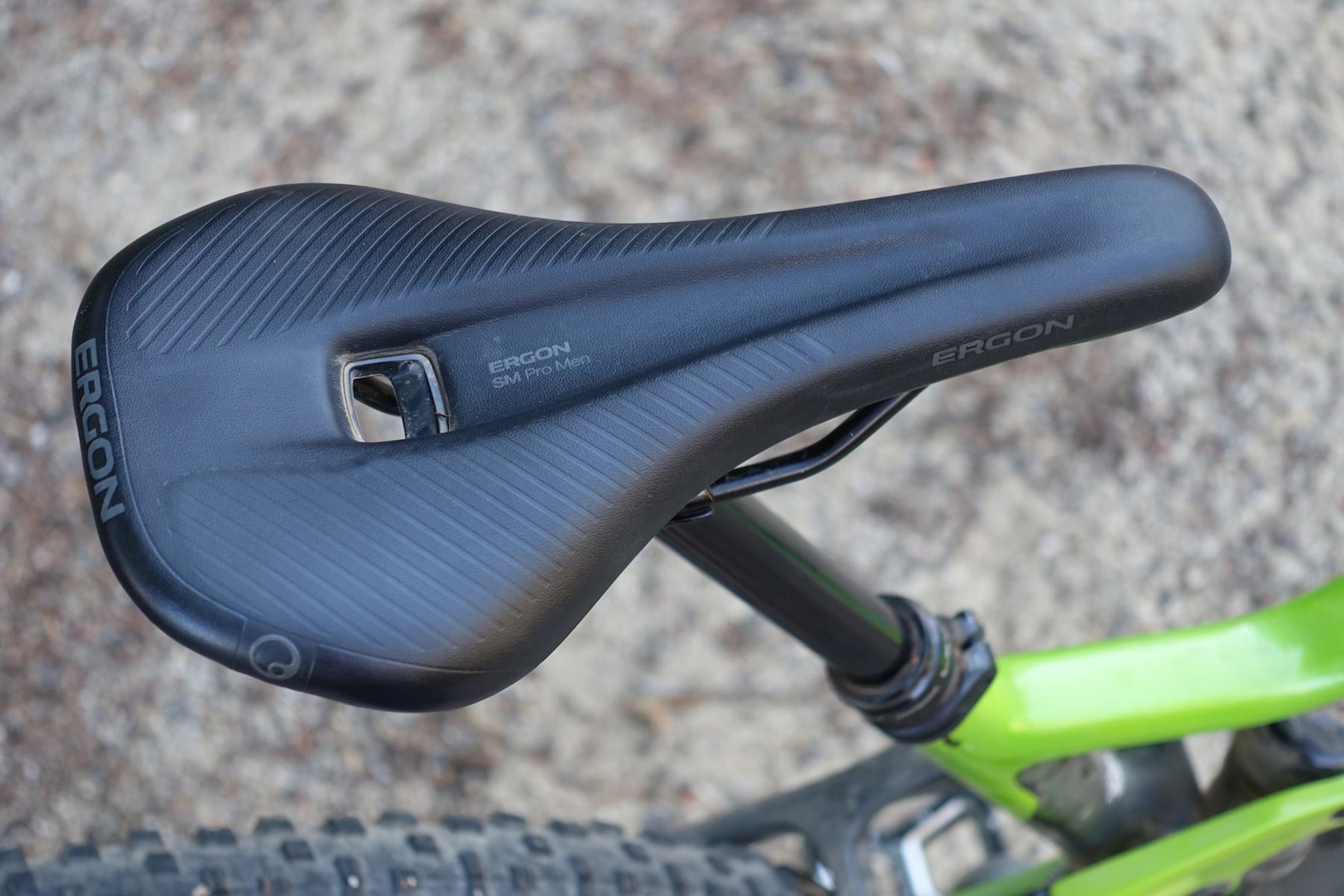




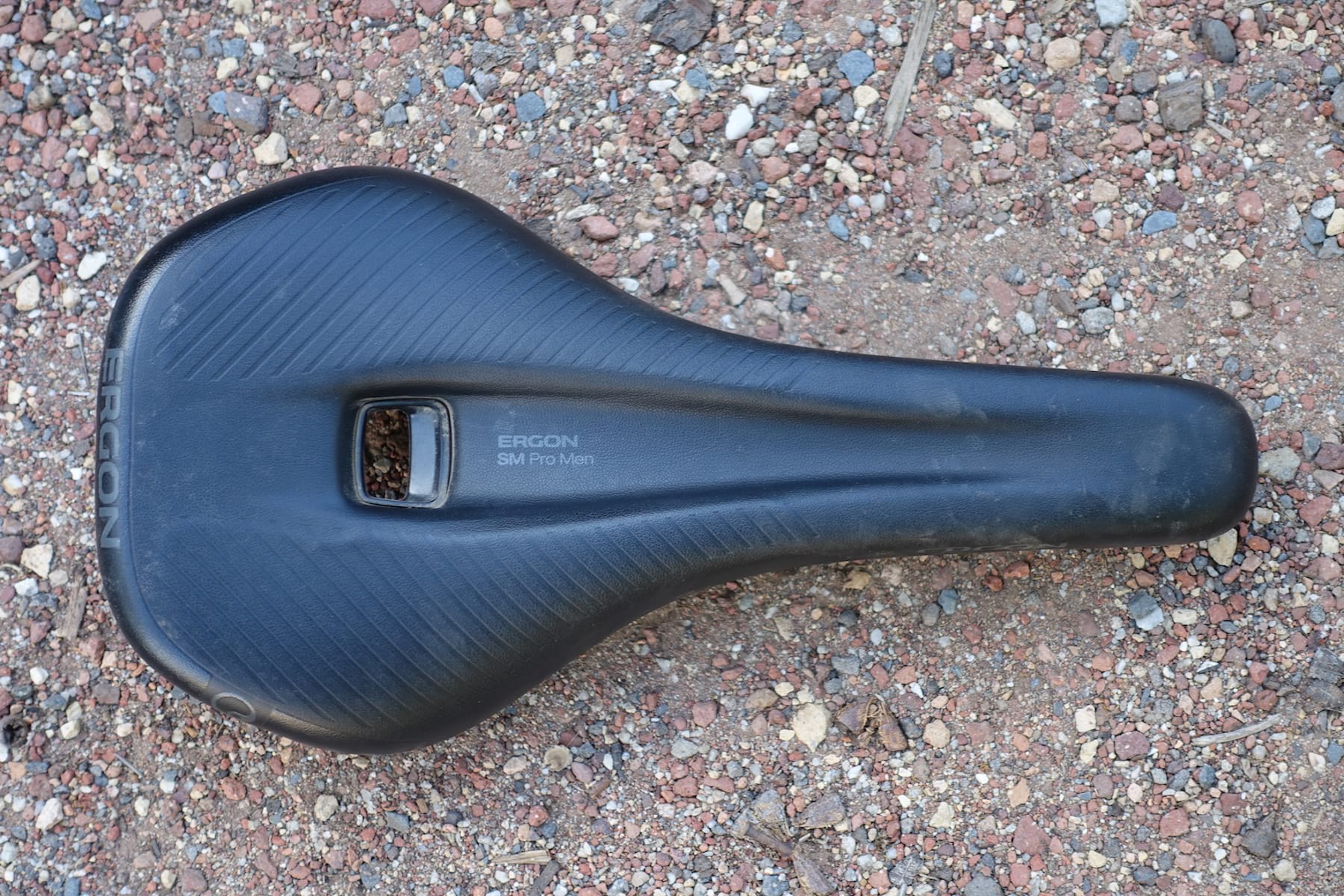
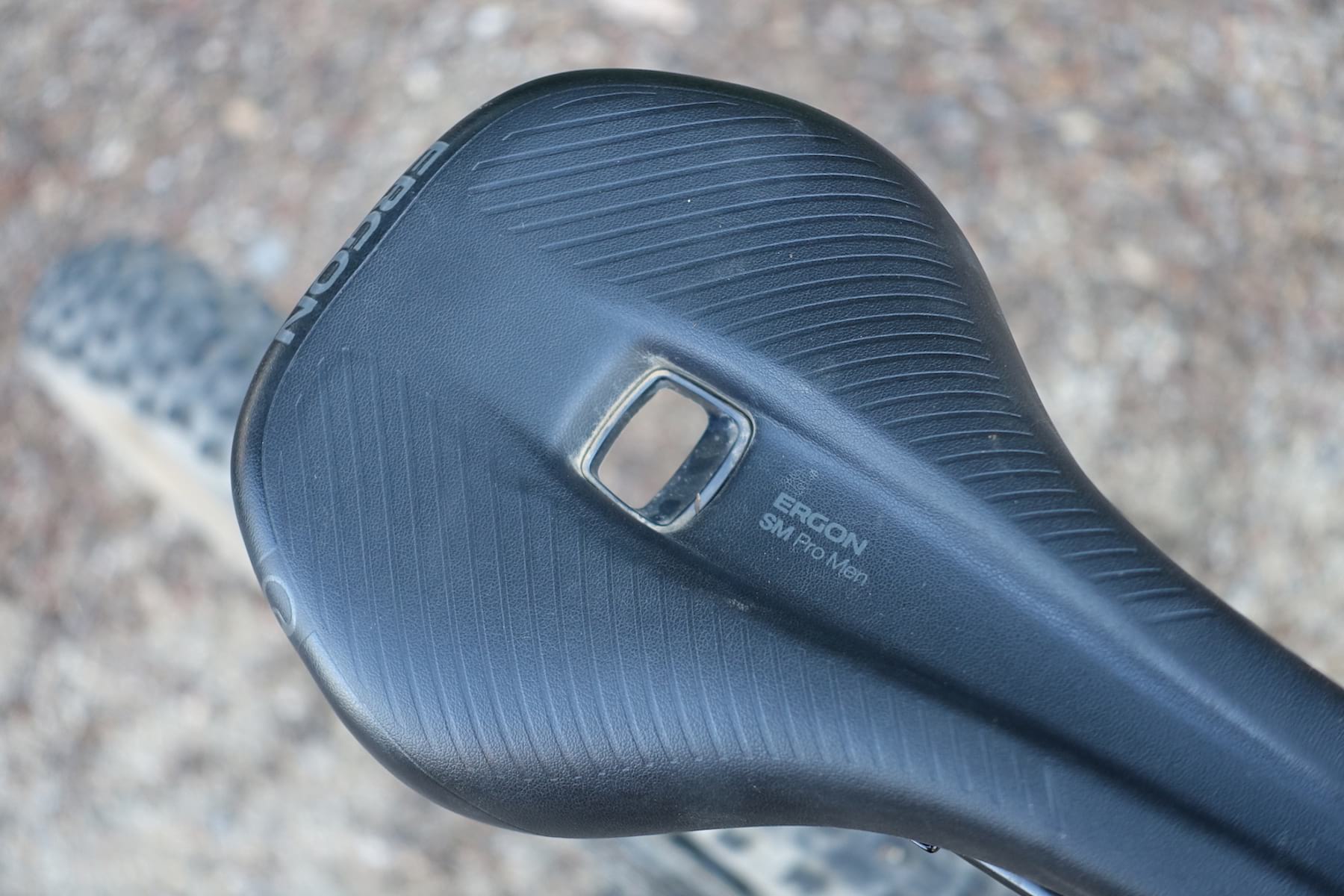
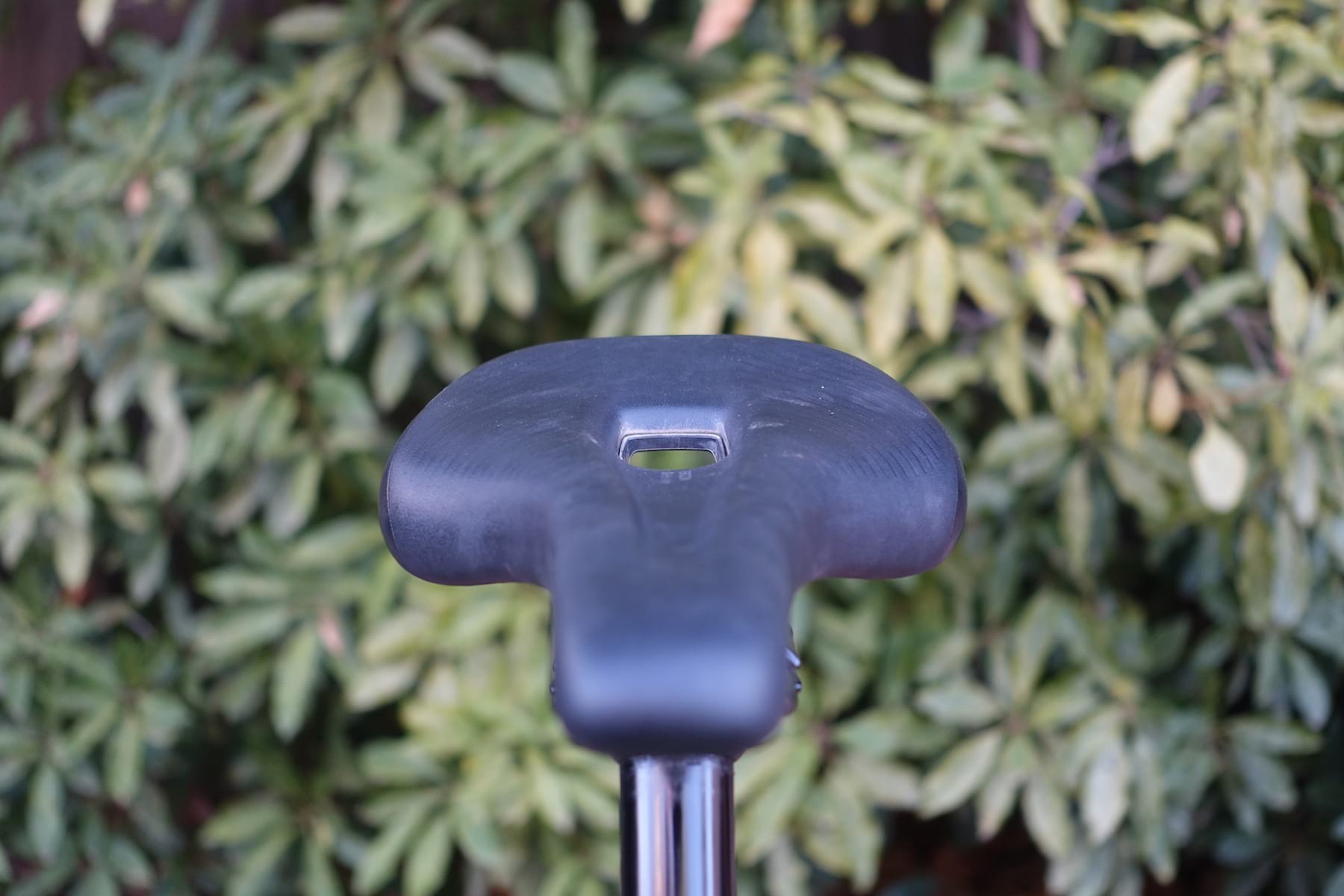
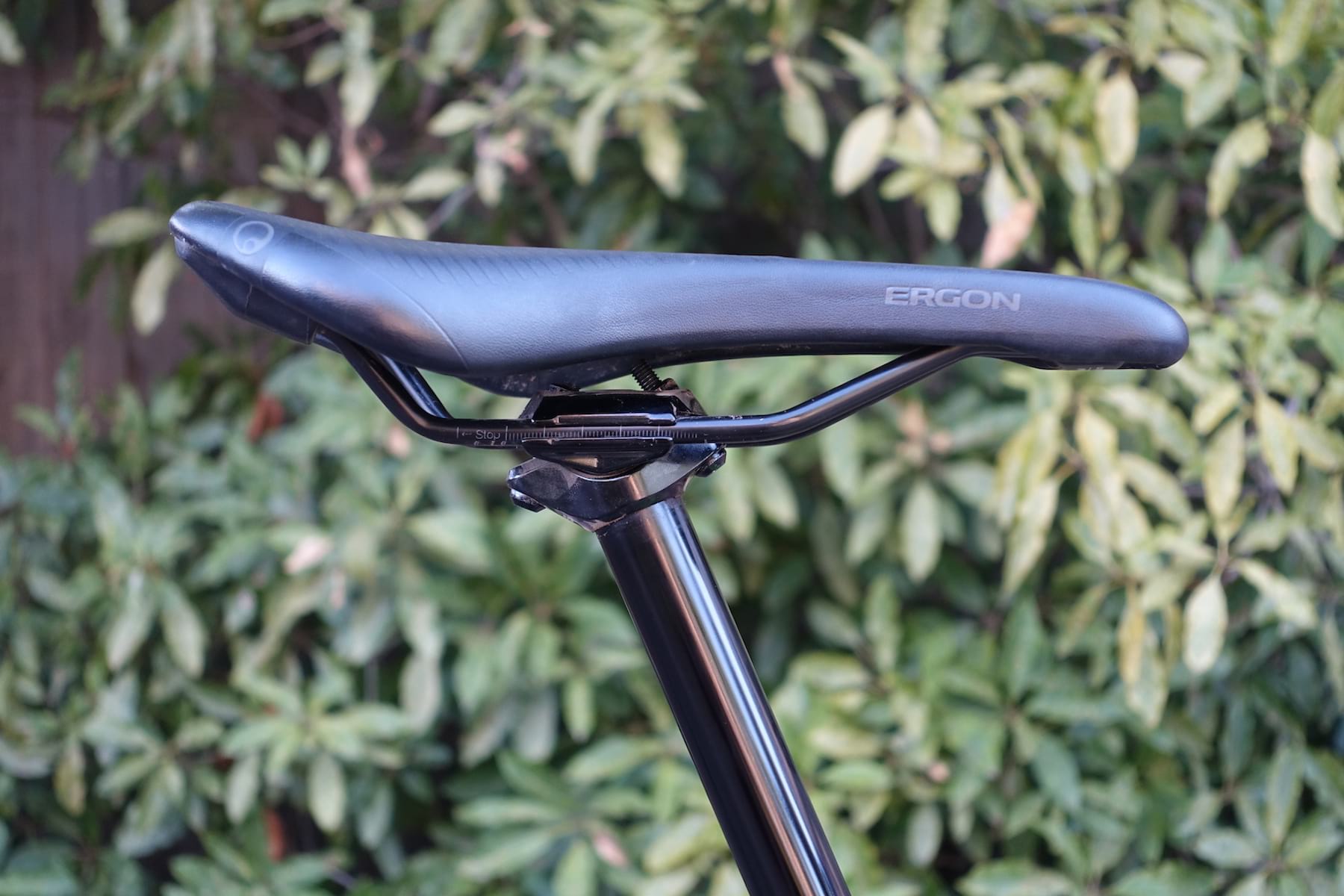
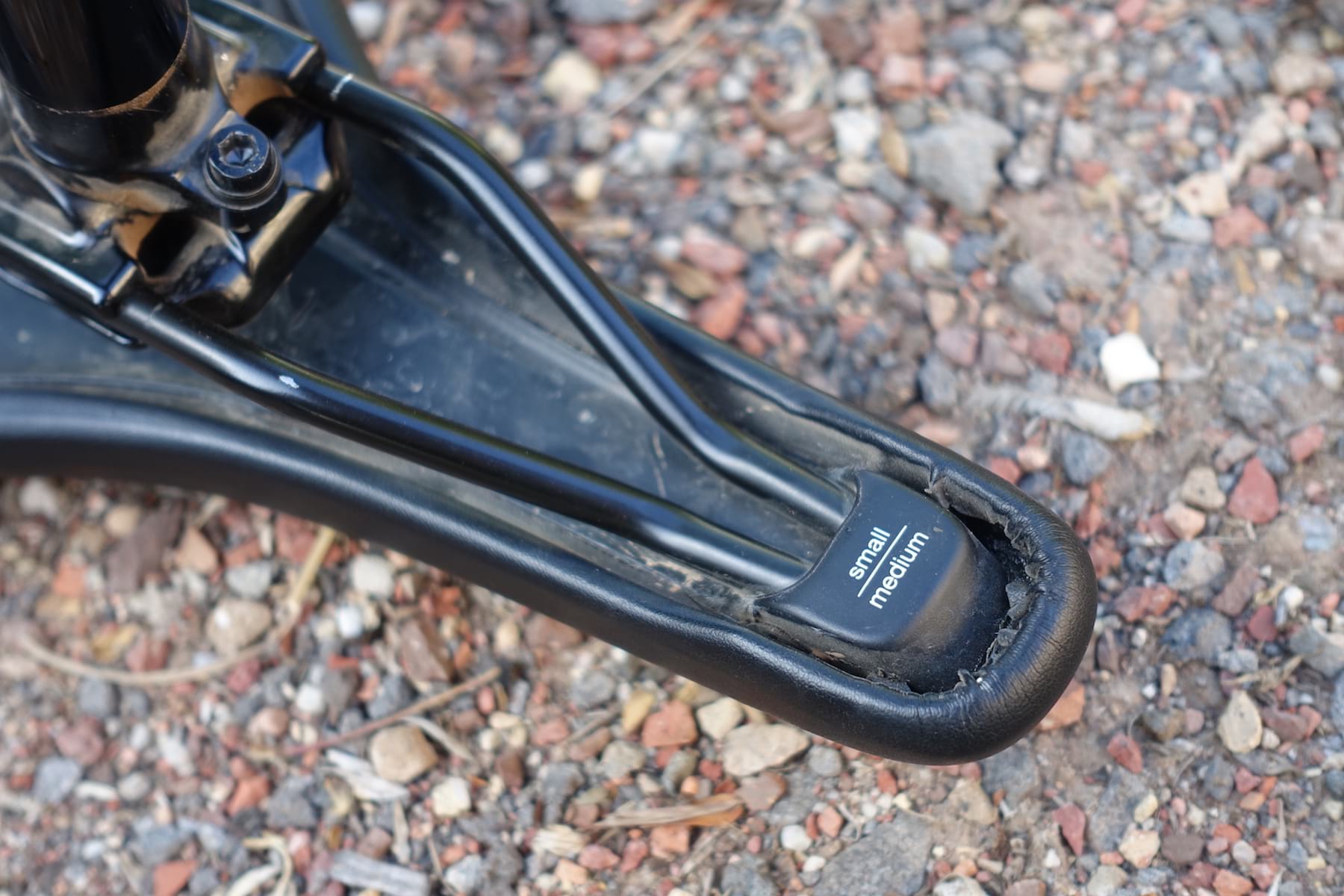
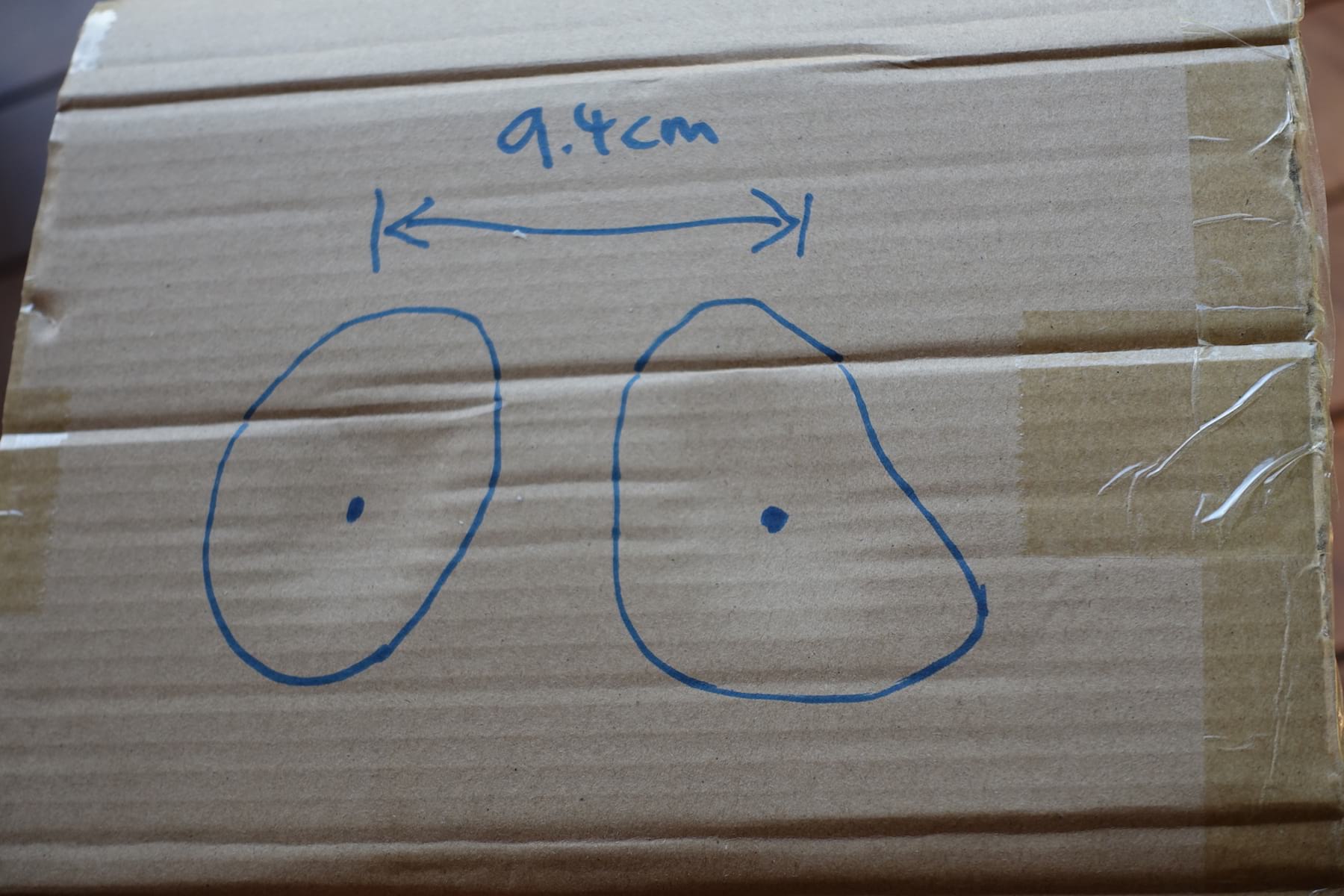
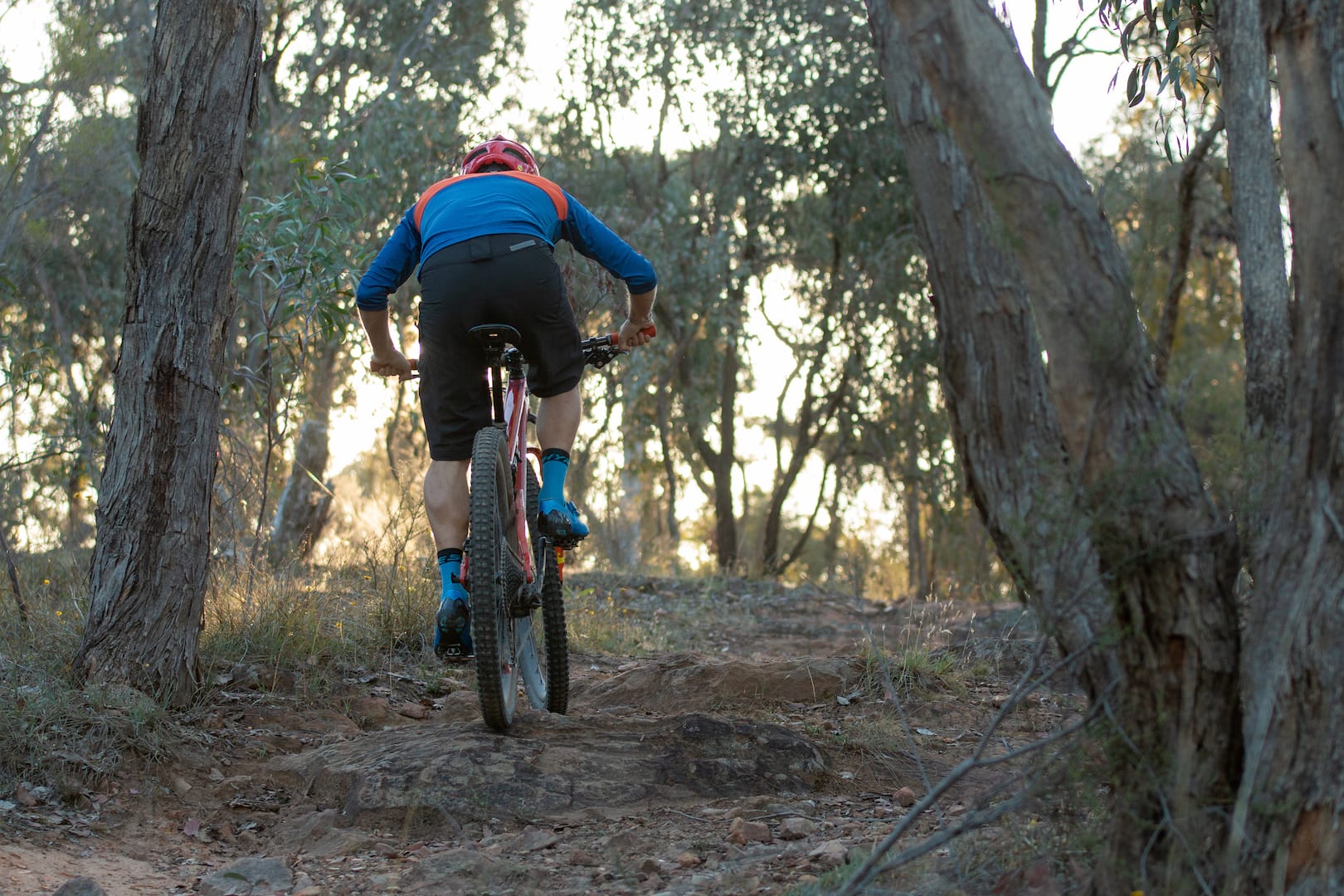
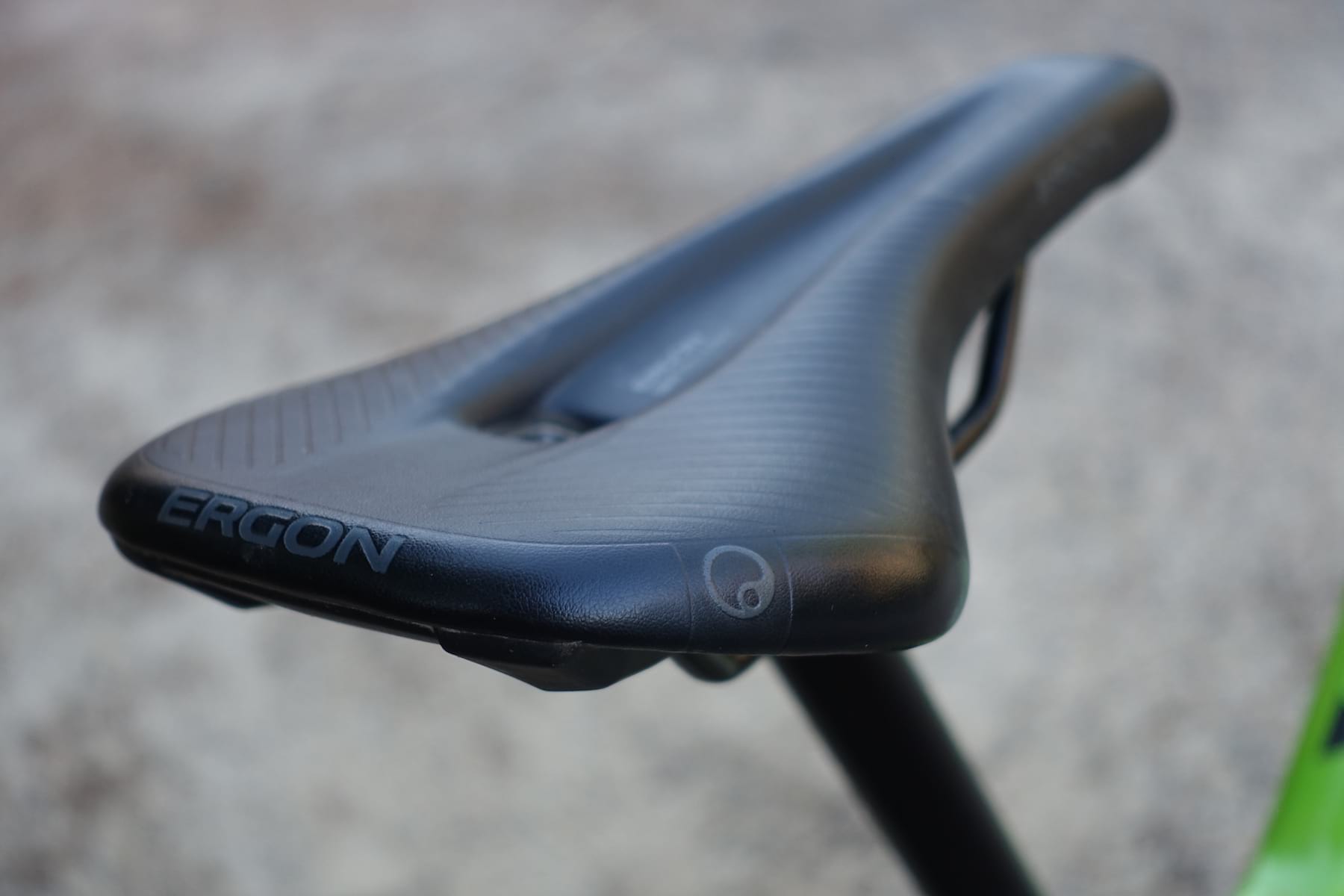
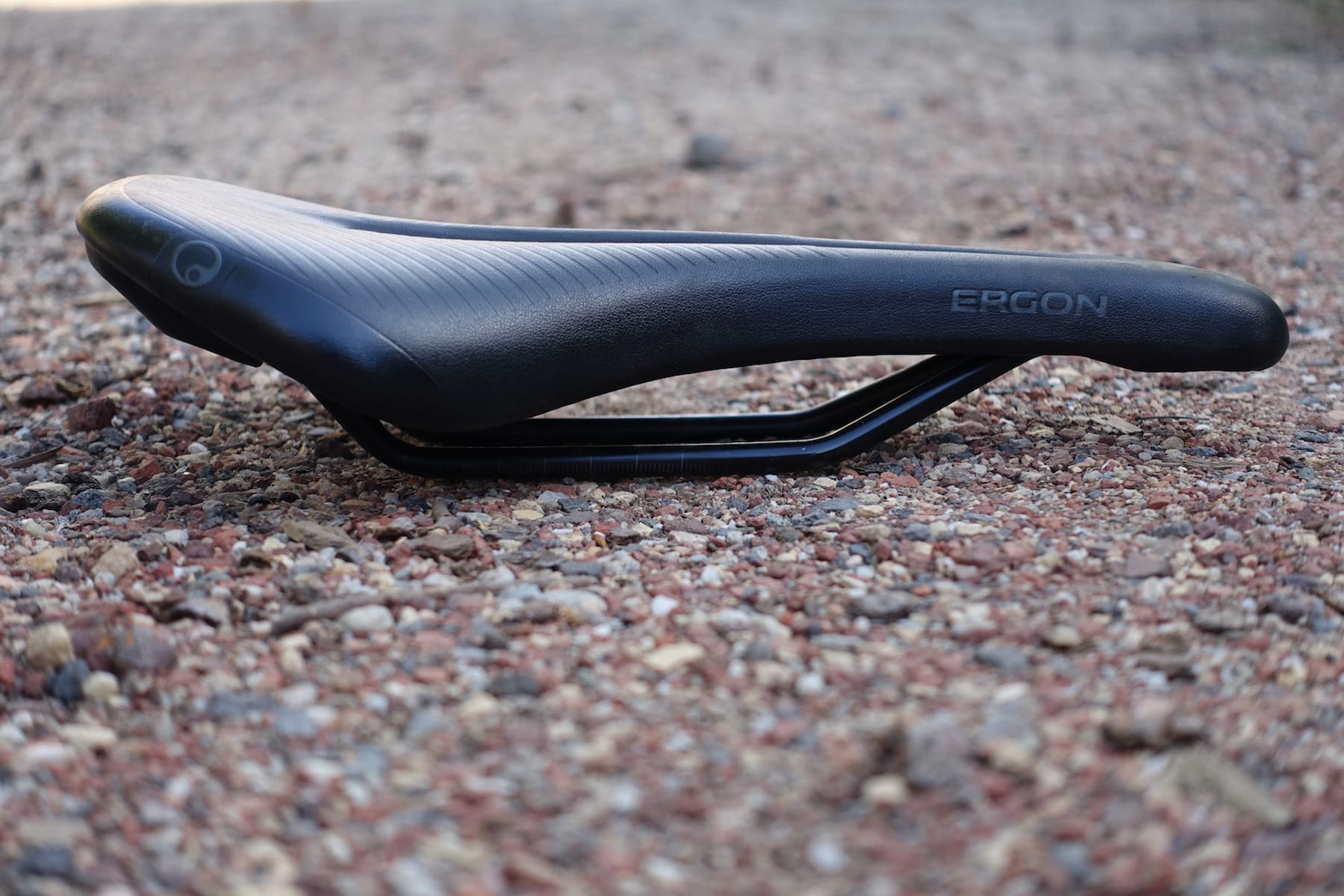
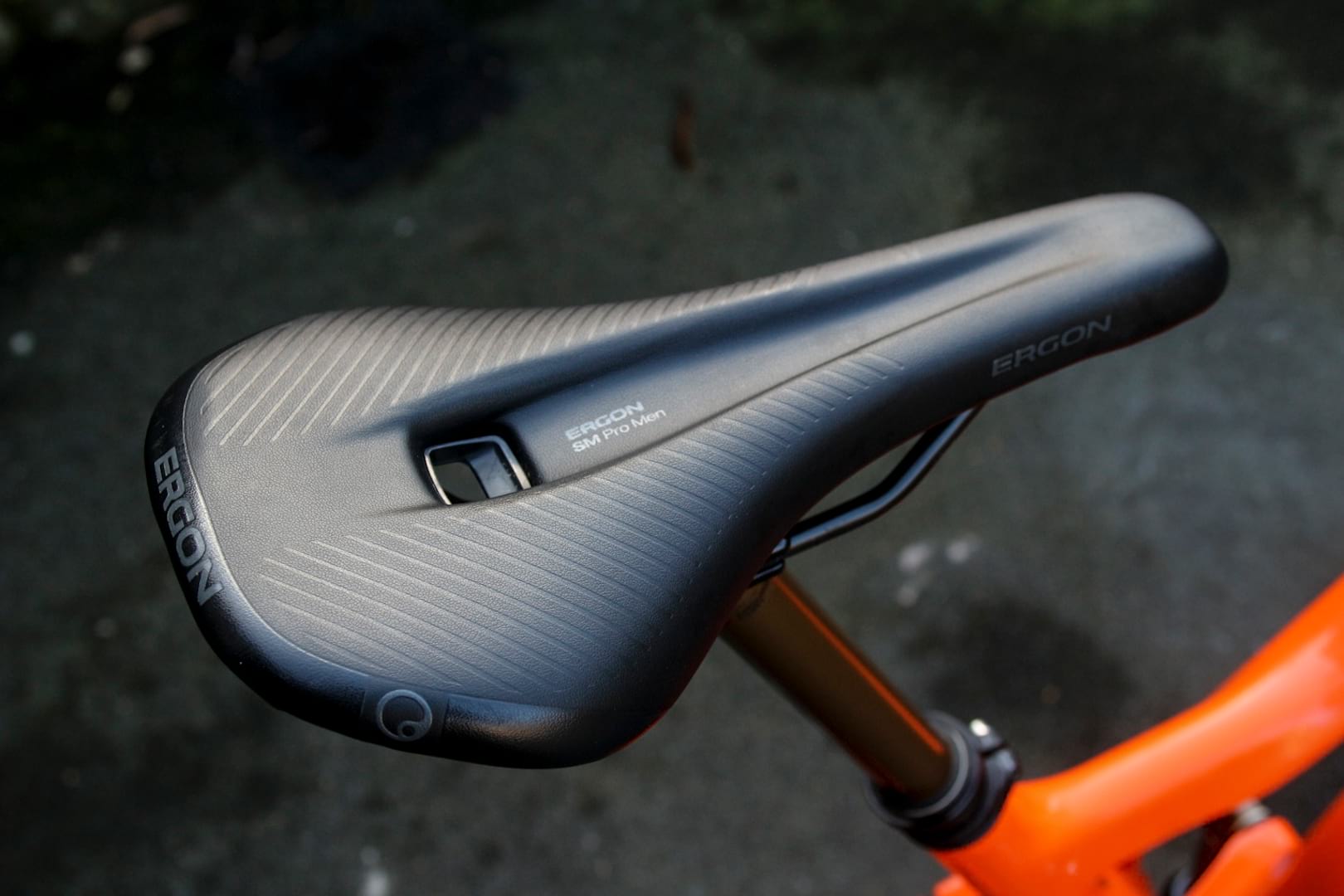
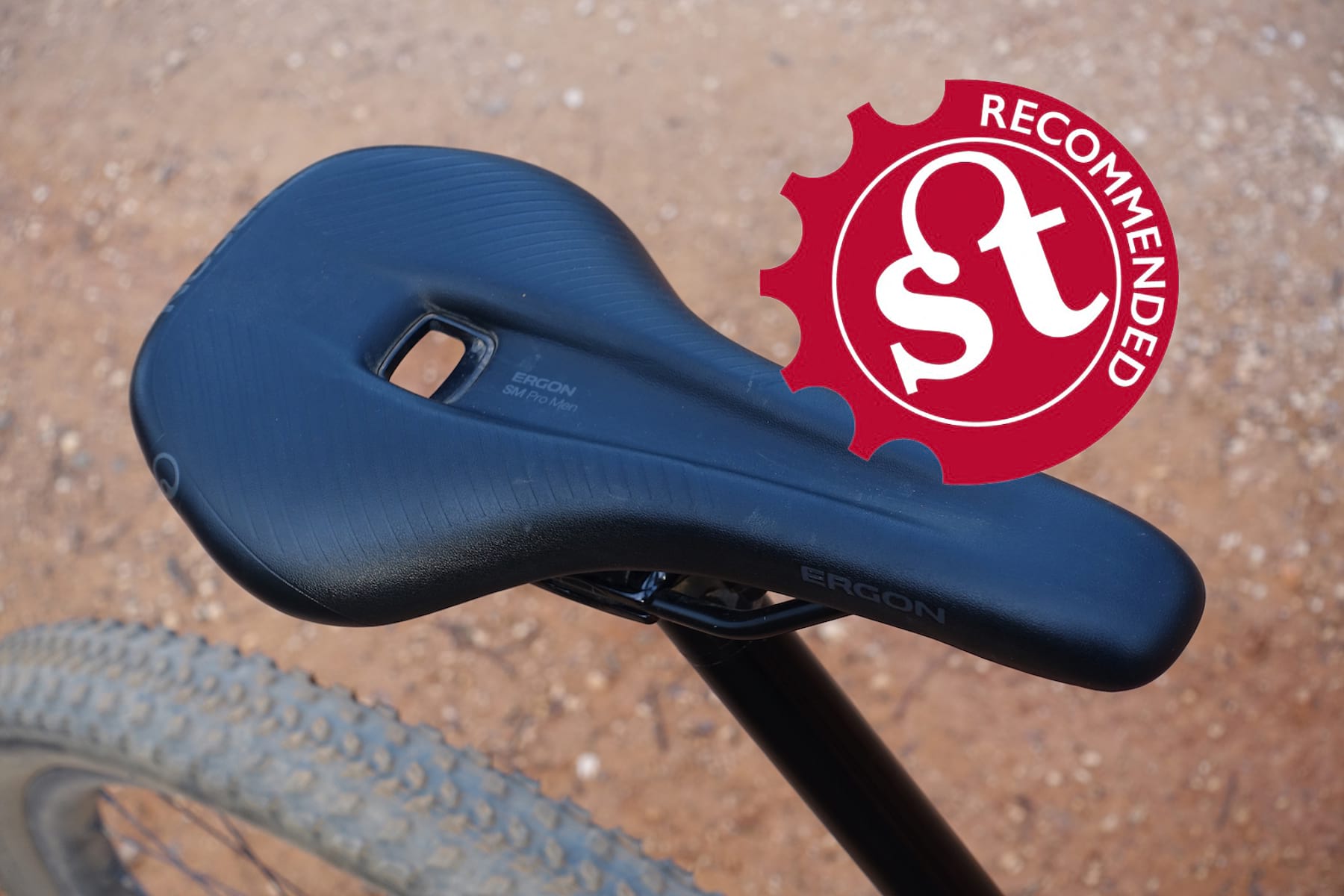
Ergon Saddle and grips, possible my best buys ever for noticeable effect per £. 100 miles off road loop, and they prove there worth!
@torchtaylor – Agreed. That SM Pro saddle has been an absolute winner for me, at a time when I’ve had numerous test bikes come through lately with totally mediocre, and occasionally downright horrible, stock saddles.
And the GE1 EVO grips are currently one of my favourites! Very keen to try out the GA3 grips though, which look like they could be a nice comfy option as well.
[ST Wil]
I guess you haven’t had the Comp and Sport types in person to see what difference the £20 saving makes in each case?
@uberpod – I haven’t I’m afraid. Though I’m quite keen on getting one of the cheaper models for my commuter bike, and just as a spare to throw onto various test bikes when needed.
For reference, here are the key spec differences between the three models:
SM Sport: Nylon Composite Shell, CroMo Rails, Microfibre Upper, Orthopedic Comfort Foam, 325g
SM Comp: Nylon Composite Shell, TiNox Rails, Microfibre Upper, Orthopedic Comfort Foam with OrthoCell Pads, 280g
SM Pro: Nylon Composite Shell, TiNox Rails, Microfibre Upper, Orthopedic AirCell Foam with OrthoCell Pads, 245g
So the SM Pro saddle is the lightest (and most expensive) of the three. Like the SM Comp, the SM Pro gets the TiNox rails and the OrthoCell Pads, which are kind of like a gel-type insert. The main difference between the SM Pro and SM Comp is the AirCell Foam construction used throughout the upper, which lowers the weight while maintaining support.
Oh, and the SM Pro is the only one available in Red and Blue 🙂
[ST Wil]
I went for the SM Sport and after a couple of rides, I’m impressed.
Despite looking a (disappointingly) similar size and shape to the WTB Volt it replaced, it is more comfortable. Actually more a lack of discomfort.
The surface seems to grip my shorts in a way the Volt didn’t. Irritating at first, but not really a problem.